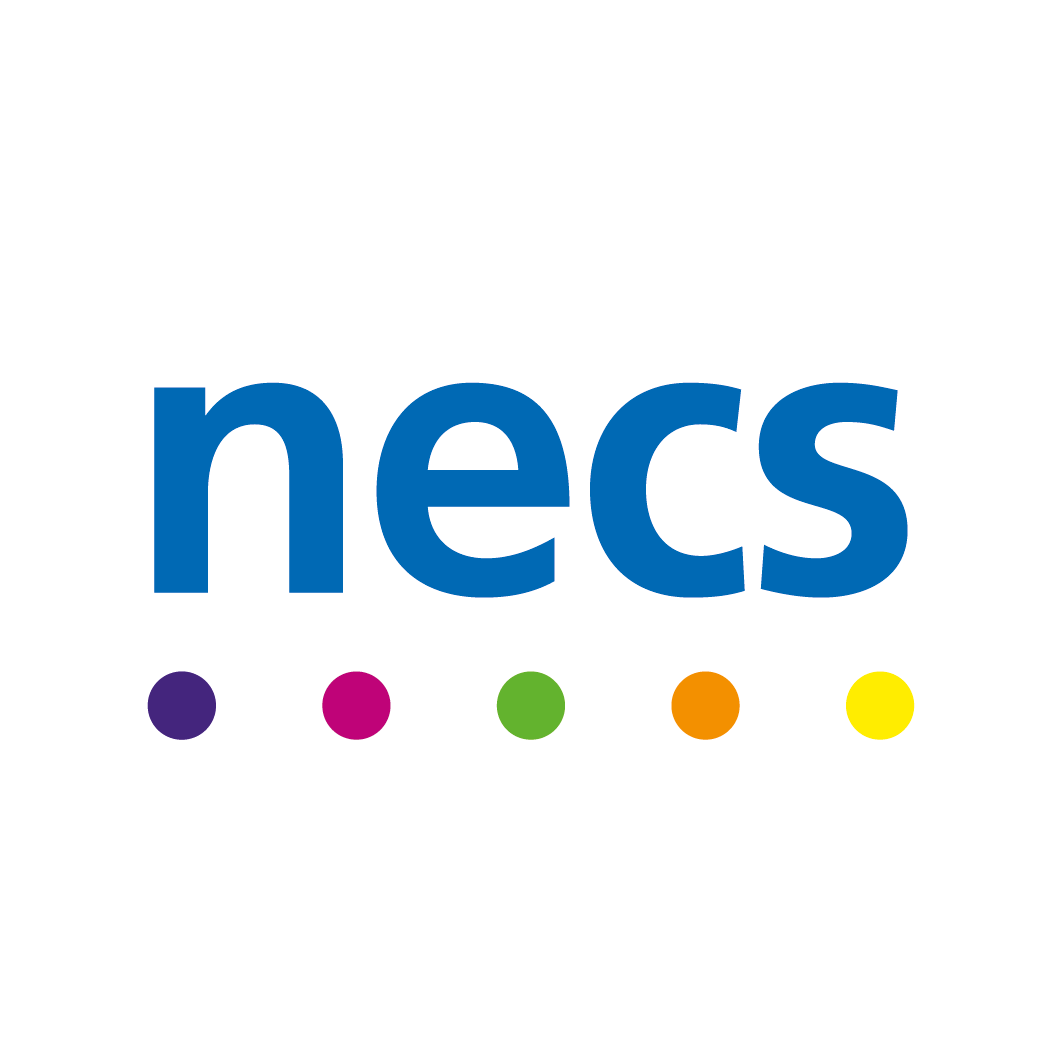The challenge
NENC ICB commissioned NECS to improve governance, stakeholder engagement and partnership working between providers to support the implementation of virtual wards in Frailty, Respiratory and Cardiology Services in North Cumbria.
Our response
NECS developed the appropriate governance structures and partnership working between providers and led on engagement and communications with North Cumbria health economy to encourage buy in to the virtual ward model.
NECS developed and implemented a third sector service contracted to support patients to live independently at home whilst on the virtual ward; and assisted and enabled providers to deliver on the national 80% occupancy target.
Techniques and tools
- Reviewed governance and stakeholder arrangements, identifying potential risks to patient safety.
- Reviewed current pathways and supported developments to enable higher occupancy levels.
- Mapped and rationalised digital system usage and implemented activity reporting.
- Developed a robust stakeholder communications strategy and facilitated a multi-provider agreement and developed cross-partnership SOPs.

Outcomes
- Achievement of 80% occupancy target.
- Spend rationalisation through technology review and stepping down to a more clinically appropriate technological model.
- Implementation of third sector support for patients using a virtual ward, reducing the technology issues experienced by patients.
- Delivery of the national winter planning mandate.
- Reviews led to future commissioning decisions with one main provider utilised, and virtual wards planned for expansion to take step-up patients within the 2024/25 financial year.
- Delivery of regular and accurate cross provider activity data to stakeholders.
- Review of current technology, testing of market availability and facilitated decision making for a future technology approach.
- Revised SOPs and funds accessed to enable purchasing of additional tech to enable expansion of virtual ward capacity.
“Developing the virtual wards and working with commissioners and the operational team to deliver the recovery plan has been invaluable to the safety of the ward, as well as the delivery of national targets. Within two months of reopening, the ward achieved 80% occupancy national target. Sourcing and onboarding of patients is a much smoother process.”


